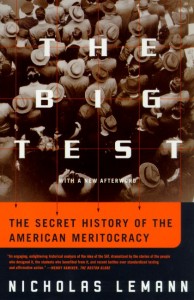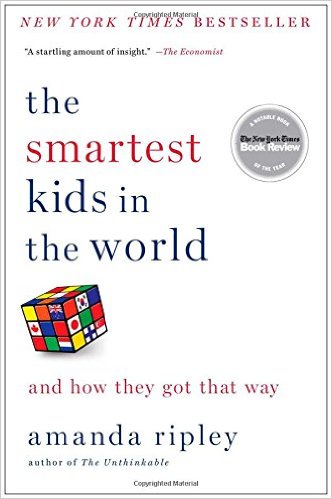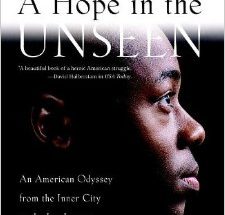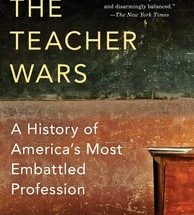
The story of the Scholastic Aptitude Test, or the SAT, is the story of a few influential thinkers who determined the fates of several generations of Americans without the need for elections or laws.
It starts in Harvard University in the 1930’s and with the President of the school, James Bryant Conant, who believed in the notion of Plato’s philosopher-kings and Jefferson’s farmer-intellectuals. He did not approve of higher education at elite schools governed by nepotism, with elite boarding schools like Groton and Andover as pipelines for Harvard and Yale, and the sons of alumni granted automatic admission.
Conant wanted a meritocracy, where the brightest students regardless of class are directed to higher education (tuition paid,) and to a life of public service and leadership.
His Harvard deputy, Henry Chauncey, the future founder of the Educational Testing Service, or ETS, who oversaw the SAT’s rise to supremacy, believed most of all in the virtues of and promotion of standardized testing as a means to meritocracy’s end.
Author Nicholas Lemann, current national correspondent for the New Yorker and outgoing dean of Columbia University Graduate School of Journalism, tells the story of Conant and Chauncey through extensive research and primary source documents, letters and diaries.
He describes the culture of the Episcopalian aristocracy at Harvard in the 30’s and 40’s, the political maneuverings that lead to the creation of the ETS, the granting of government contracts for military IQ tests ensuring the survival of the ETS, the Master Plan for the California University system, the crisis with African-American test scores, and affirmative action and its legislative challenges from the 1960’s to the 1990’s.
All the while, Lemann illustrates the inherent paradox in simultaneously holding opposite ideals–the creation of the meritocracy through testing, and the guarantee of equal access to the so-called “American dream.”
Instead of creating a meritocracy and a classless society, he explains that the SAT contributed to an arguably more stratified country.
The story of Chinese-American, Bill Lee, a key figure in the book, points to possible solutions to the problem of inequality of opportunity in education. Lee discovers and points to segregation in public elementary and secondary schools and disparities in quality as a source behind the achievement gap.



